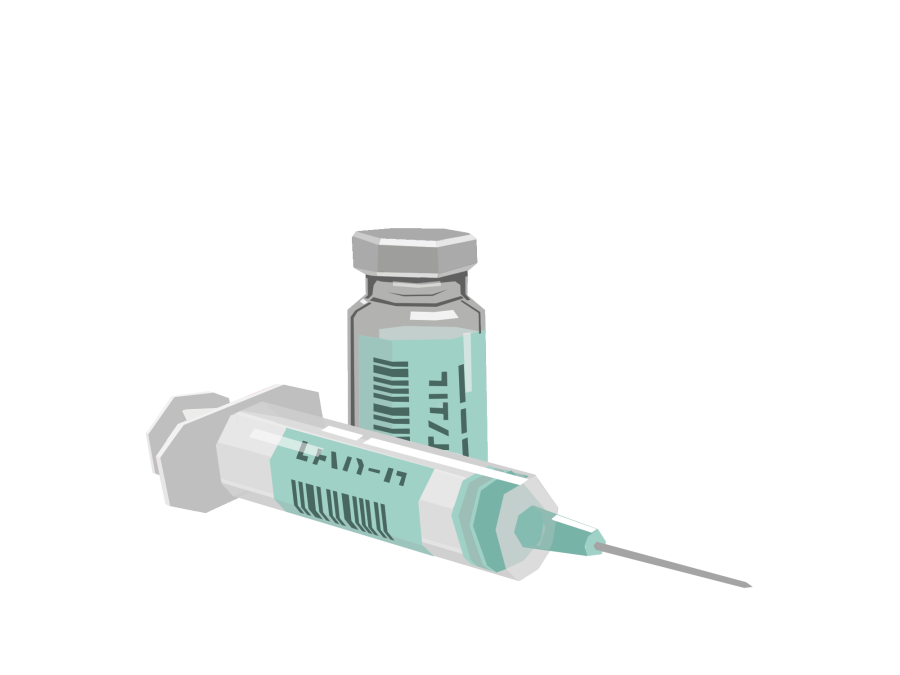Stanford Medical Resident Maanvi Mittal was among the first healthcare professionals in the Bay Area to receive the COVID-19 vaccine. Mittal has received both doses of the Moderna vaccine and said both times the process was straightforward.
“For the first dose, you fill out a questionnaire beforehand which asks you basic things like have you gotten any vaccines recently? Do you have any known allergies to the COVID vaccine? Have you had any reactions in the past to vaccines?” Mittal said. “After filling that out, we got our vaccines at little tents outside a clinic.”
With COVID-19 dominating what seems to be every aspect of society, a vaccine against the virus offers some hope. Biotech companies such as Moderna and Pfizer quickly produced vaccines that Mittal said have few side effects and the potential to end state-wide lockdown and shelter-in-place measures.
Mittal said after getting her first vaccine, she waited for 10 to 15 minutes in order to ensure no reaction occurred as a response to the vaccine. And after those 15 minutes, she was good to go.
“Three weeks later, we got the second dose, and it was basically the same process,” Mittal said.
For Mittal, the side effects of the vaccine were little to none for both doses.
“After the first dose, I just had a little bit of arm soreness at the site where I got the injection,” Mittal said. “After the second one, like 24 hours later, I did feel very fatigued and had chills and a little bit of muscle ache. I know that some of my co-residents and some of my friends from medical school did even spike fevers.”
In terms of vaccine distribution, while Stanford did have a brief mix-up in terms of prioritizing which cohorts would receive the vaccine first, this mix-up did not affect Mittal. As a Stanford resident working at a separate clinic, Mittal said the staff had access to the vaccine right away, and they’ve already been administering it to patients.
According to Dr. Sara Cody, Santa Clara Public Health Department Director, the County hopes to continue with its goal of allocating the vaccine to entities that can vaccinate the highest risk groups the fastest.
“We’re prioritizing getting it out faster,” Cody said. “Our real limiting factors are actually vaccine supply. We feel like we could distribute and administer much much more vaccine than we’re getting.”
Cody said the county has done the math to figure out how many vaccines it should be administering to reach its goal of an 85% vaccination rate by Aug. 1, but it doesn’t have enough of the vaccine to meet this goal.
“If we said we want to reach our goal of 85% by Aug.1, we will be having to give 91,000 doses, a week,” Cody said. “That’s a lot, which means that across the county we’d be needing to give 13,000 doses a day for seven days a week. We don’t have that many vaccines coming into the county. So, the goals that we set to be done by Aug. 1, we can’t reach because we don’t have the vaccine supply to reach the goal.”
Senior Sophia Krugler says as soon as the vaccine is available to her age group she will get it.
“I think anyone with the opportunity to protect themselves and those around them from COVID would be irresponsible not to take it,” Krugler said.
As the daughter of a teacher, Krugler said her mom expects to get the vaccine by the end of February.
“I think it’s great that she will be able to keep herself safe at work and that she can continue to do her job and help younger kids even during this turbulent time,” Krugler said.
Krugler also said she hopes along with the vaccine will come more opportunity for society reopening and in-person activities, such as school.
“I’m hoping to be vaccinated before I go to college,” Krugler said. “I’m not sure what fall of 2021 will look like, but I hope to be in-person whether or not I am vaccinated. If I’m not, hopefully, there will be safety precautions in place for all students.”
However, in terms of how vaccine distribution will affect reopening goals, Cody says it’s hard to say, especially now with new COVID-19 variants.
“It’s really hard to know and to have a set, ‘OK, when we get to this many people vaccinated then we’ll be able to open, a, b and c,’ because nobody knows,” Cody said. “Nobody has a set number, because there’s too many unknown variables.”

